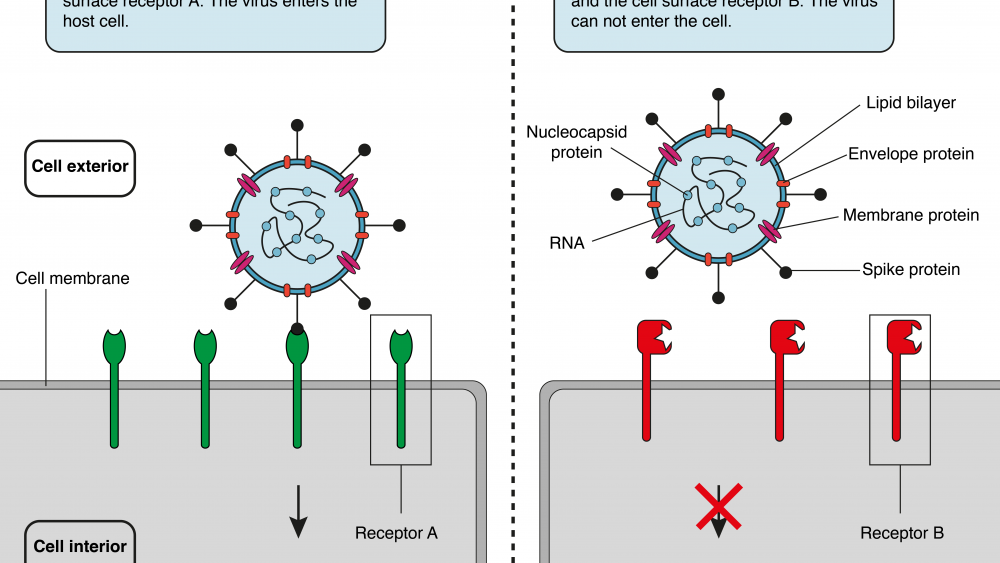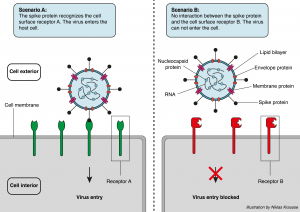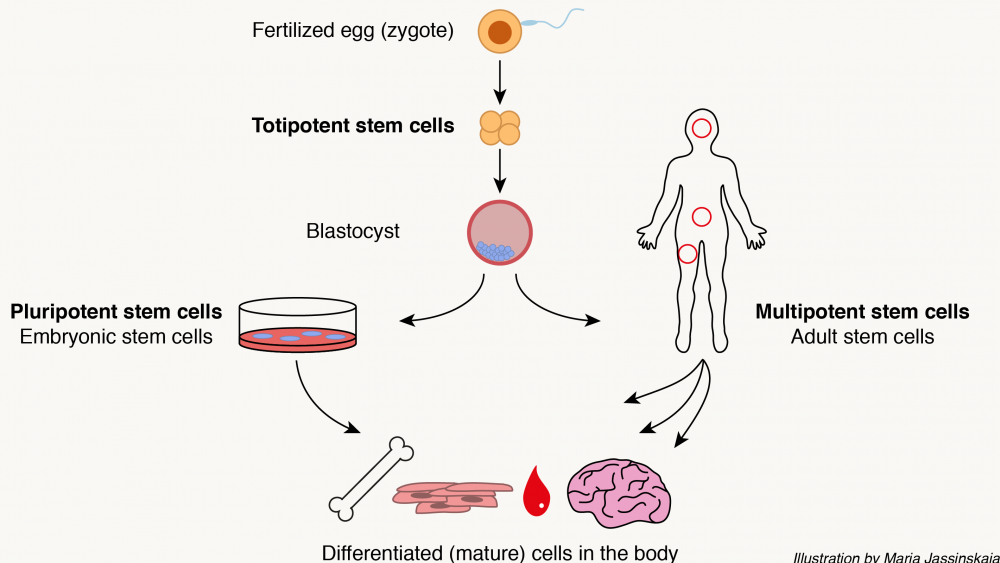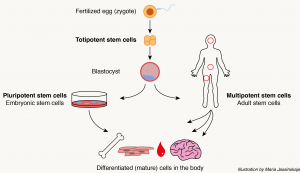By Pia Johansson
CRISPR (Clustered Regulatory Interspersed Palindromic Repeats) is a new gene-editing tool that has created great potential for curing some human genetic diseases. It has been featured extensively in the press as both the tool for Armageddon and the Corrector-of-all-disease. Both of these depictions are exaggerated and inaccurate (but that is a story for another time). However, there are other technologies, stemmed from the CRISPR discovery, that are much less controversial. One of these new technologies is a fast and simple method for pathogen detection that has recently been applied to COVID-19.
Just like humans, bacteria can be infected by viruses. CRISPR is actually a form of bacterial immune system that recognizes nucleic acids from invading viruses.1 The CRISPR system consists of two steps; 1, the recognition of specific stretches of nucleic acids using a specialized RNA sequence and 2, the cutting of these stretches with a CRISPR-associated (CAS) protein. The most commonly used form of CRISPR is based on the CAS protein found in Streptococcus pyogenes, called spCas9. There are other CAS proteins in other bacteria, and it is by studying the properties of these variants that new diagnostics tools have arisen.2-4
All artificial CRISPR works by designing a short RNA sequence that recognizes the DNA that you want to target. This RNA sequence (a.k.a guideRNA) guides the CAS protein to the target region where it binds and cuts the DNA.1 Interestingly, some CAS variants do not stop there. They continue to be active and start to shred other DNA (or RNA) indiscriminately. This is not very useful when it comes to finding precise and scarless gene-editing methods – but turned out to be important when it comes to diagnostic tests.
The diagnostic test kit contains a guideRNA that recognizes COVID-19, a CAS variant, and control DNA. In the presence of COVID-19, the CAS protein binds to the specific target site and then cleaves the control DNA (as part of the random cutting described above). The cleavage of the control DNA, which only occurs in the presence of the virus, leads to changes that can now be visualized via fluorescence or antibody capture. The actual procedure takes about an hour and, in its simplest form, goes more or less as follows:3-7
Step 1: The primary target is the COVID-19 RNA, so viral RNA is extracted from a patient sample (e.g. a mouth swab).
Step 2: The extracted viral RNA is mixed with the kit reagents and heated.
Step 3: The diagnostic paper strip (also in the kit) is dipped in the test solution (the RNA/kit mix from Step 2) and, a bit like a home-pregnancy test, a band will show you if you are positive or not.
The nice thing about these diagnostic tests is that they can be done quickly, do not require expensive machines and can be performed by most laboratories. The downside is that they can’t handle a lot of samples at once. In regard to COVID-19 and the current high demand for testing, it will most likely be used in combination with the already existing COVID-19 testing methods.
As with all things CRISPR, several labs have been working on this and the CRISPR pioneers (and others) have come out in force and done a great job developing these tools and applying them to COVID-19. Two major kits/approaches have been developed: DETECTR (from Mammoth Biosciences and the Jennifer Doudna lab)2, 3 and SHERLOCK (from SHERLOCK Biosciences and the Feng Zhang lab)4, 5. Initial reports show that the efficiency and reliability of these tests are very high, with a detection rate of around 95% and almost no false positives. The SHERLOCK kit was recently approved by the American Food and Drugs Administration (FDA) for use as “emergency testing”.8
In addition to COVID-19, these systems can test for the presence of other pathogens, such as Zika, HIV and HPV.2, 4 Importantly, their simplicity means that they can be used “in the field”, so to speak – in places where access to big lab equipment and diagnostic tests is limited or when time is of the essence. These test kits will instead contain a guideRNA specific to another virus and will then react only to that virus. In addition, using a slightly different detection method it is possible to test for, and discriminate against, multiple viruses at once with multiple guide RNAs and multiple CAS variants.5 It can also be used to detect mutations or common variants in the human genome. In recent interesting developments, CRISPR diagnostics have been applied to ecological research in terms of species identification, where the SHERLOCK system was used to identify closely related species that are easily mis-identified in the field.9
In summary, CRISPR can be used for fast and easy diagnostics and identification purposes using specialized detection kits. This novel technology and its applications will likely become a very useful addition to the diagnostics toolkit in human health and disease, as well as in agriculture and ecology. Who would have thought all this could come from bacteria?
Further Readings/References
- Doudna JA, Charpentier E. Genome editing. The new frontier of genome engineering with CRISPR-Cas9. Science. 2014;346(6213):1258096.
- Chen JS, Ma E, Harrington LB, et al. CRISPR-Cas12a target binding unleashes indiscriminate single-stranded DNase activity. Science. 2018;360(6387):436‐439.
- Broughton, J.P., Deng, X., Yu, G. et al. CRISPR–Cas12-based detection of SARS-CoV-2. Nat Biotechnol (2020).
- Gootenberg JS, Abudayyeh OO, Lee JW, et al. Nucleic acid detection with CRISPR-Cas13a/C2c2. Science. 2017;356(6336):438‐442.
- Gootenberg JS, Abudayyeh OO, Kellner MJ, Joung J, Collins JJ, Zhang F. Multiplexed and portable nucleic acid detection platform with Cas13, Cas12a, and Csm6. Science. 2018;360(6387):439‐444.
- Myhrvold C, Freije CA, Gootenberg JS, et al. Field-deployable viral diagnostics using CRISPR-Cas13. Science. 2018;360(6387):444‐448.
- https://blog.addgene.org/finding-nucleic-acids-with-sherlock-and-detectr?utm_campaign=crispr&utm_content=126508438&utm_medium=social&utm_source=twitter&hss_channel=tw-82411462
- https://www.bostonglobe.com/2020/05/07/nation/cambridge-biotech-gets-emergency-ok-new-covid-19-test/
- Baerwald MR, Goodbla AM, Nagarajan RP, et al. Rapid and accurate species identification for ecological studies and monitoring using CRISPR-based SHERLOCK [published online ahead of print, 2020 May 12]. Mol Ecol Resour. 2020;10.1111/1755-0998.13186.





Comments